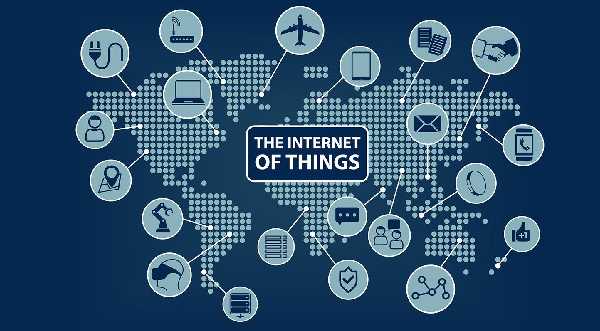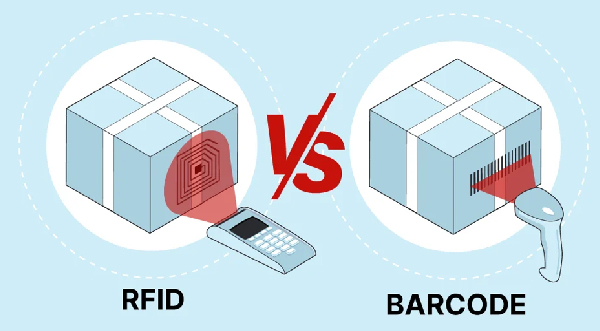RFID Technology - Key Technology for Building the Internet of Things
RFID (Radio Frequency Identification) technology, as a key technology for building the Internet of Things, has received attention in recent years. Conceptually speaking, RFID is similar to barcode scanning. For barcode technology, it attaches encoded barcodes to target objects and uses dedicated scanning readers to transmit information from the bar magnet to the scanning reader using optical signals; RFID uses dedicated RFID readers and tags that can be attached to the target object, transmitting information from the RFID tag to the RFID reader using frequency signals.
 RFID technology originated in the UK and was used to identify friendly and enemy aircraft during World War II. It began commercial use in the 1960s. RFID technology is an automatic identification technology, and RFID tags are the physical carriers of product electronic codes (EPCs), attached to trackable items, and can be globally circulated for identification, reading, and writing. The US Department of Defense has mandated the use of RFID tags for all military supplies after January 1, 2005; The US Food and Drug Administration (FDA) recommends that pharmaceutical manufacturers use RFID to track counterfeit drugs starting from 2006. A series of actions such as Walmart and Metro's application of RFID technology in the retail industry have further promoted the global trend of RFID application. In 2000, the price of each RFID tag was $1. Many researchers believe that RFID tags are very expensive and can only be applied on a large scale by reducing costs. In 2005, the price of each RFID tag was around 12 cents, but now the price of ultra-high frequency RFID is around 10 cents. RFID needs to be widely applied, on the one hand, to reduce the price of RFID tags, and on the other hand, to see whether the application of RFID can bring value-added services. According to statistics from the European Union Statistics Office, in 2010, 3% of companies in the EU applied RFID technology, with applications distributed in identity documents and access control, supply chain and inventory tracking, car toll collection, anti-theft, production control, and asset management.
RFID technology originated in the UK and was used to identify friendly and enemy aircraft during World War II. It began commercial use in the 1960s. RFID technology is an automatic identification technology, and RFID tags are the physical carriers of product electronic codes (EPCs), attached to trackable items, and can be globally circulated for identification, reading, and writing. The US Department of Defense has mandated the use of RFID tags for all military supplies after January 1, 2005; The US Food and Drug Administration (FDA) recommends that pharmaceutical manufacturers use RFID to track counterfeit drugs starting from 2006. A series of actions such as Walmart and Metro's application of RFID technology in the retail industry have further promoted the global trend of RFID application. In 2000, the price of each RFID tag was $1. Many researchers believe that RFID tags are very expensive and can only be applied on a large scale by reducing costs. In 2005, the price of each RFID tag was around 12 cents, but now the price of ultra-high frequency RFID is around 10 cents. RFID needs to be widely applied, on the one hand, to reduce the price of RFID tags, and on the other hand, to see whether the application of RFID can bring value-added services. According to statistics from the European Union Statistics Office, in 2010, 3% of companies in the EU applied RFID technology, with applications distributed in identity documents and access control, supply chain and inventory tracking, car toll collection, anti-theft, production control, and asset management.
In recent years, radio frequency technology has developed rapidly, and RFID electronic tag readers communicate wirelessly with RFID electronic tags through antennas, enabling reading or writing operations of tag identification codes and memory data. RFID technology can recognize high-speed moving objects and simultaneously identify multiple tags, making operation fast and convenient.
In the future, the rapid development of RFID technology will have significant implications for the advancement of the Internet of Things field.


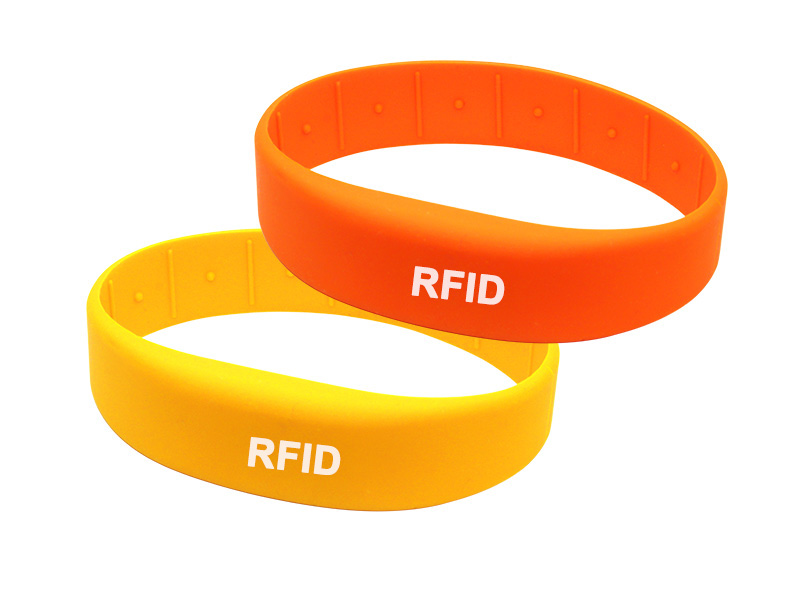
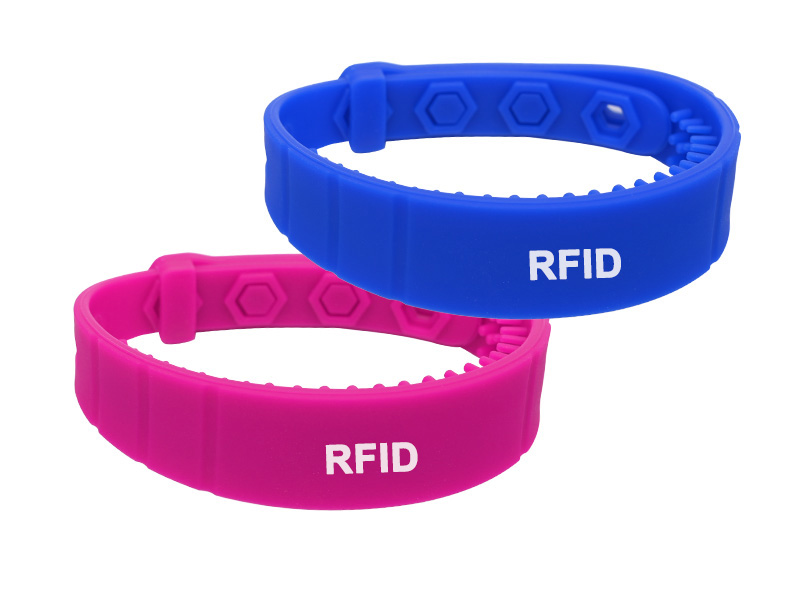
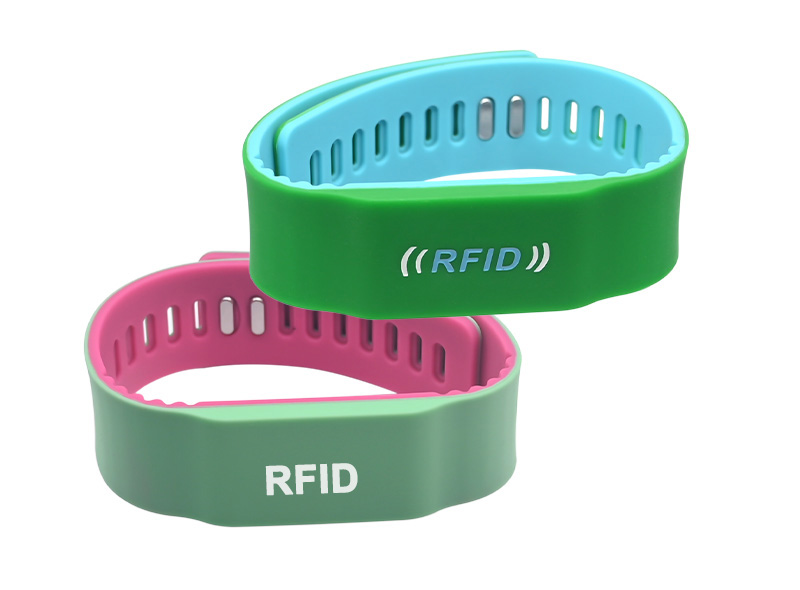


 RFID technology originated in the UK and was used to identify friendly and enemy aircraft during World War II. It began commercial use in the 1960s. RFID technology is an automatic identification technology, and RFID tags are the physical carriers of product electronic codes (EPCs), attached to trackable items, and can be globally circulated for identification, reading, and writing. The US Department of Defense has mandated the use of RFID tags for all military supplies after January 1, 2005; The US Food and Drug Administration (FDA) recommends that pharmaceutical manufacturers use RFID to track counterfeit drugs starting from 2006. A series of actions such as Walmart and Metro's application of RFID technology in the retail industry have further promoted the global trend of RFID application. In 2000, the price of each RFID tag was $1. Many researchers believe that RFID tags are very expensive and can only be applied on a large scale by reducing costs. In 2005, the price of each RFID tag was around 12 cents, but now the price of ultra-high frequency RFID is around 10 cents. RFID needs to be widely applied, on the one hand, to reduce the price of RFID tags, and on the other hand, to see whether the application of RFID can bring value-added services. According to statistics from the European Union Statistics Office, in 2010, 3% of companies in the EU applied RFID technology, with applications distributed in identity documents and access control, supply chain and inventory tracking, car toll collection, anti-theft, production control, and asset management.
RFID technology originated in the UK and was used to identify friendly and enemy aircraft during World War II. It began commercial use in the 1960s. RFID technology is an automatic identification technology, and RFID tags are the physical carriers of product electronic codes (EPCs), attached to trackable items, and can be globally circulated for identification, reading, and writing. The US Department of Defense has mandated the use of RFID tags for all military supplies after January 1, 2005; The US Food and Drug Administration (FDA) recommends that pharmaceutical manufacturers use RFID to track counterfeit drugs starting from 2006. A series of actions such as Walmart and Metro's application of RFID technology in the retail industry have further promoted the global trend of RFID application. In 2000, the price of each RFID tag was $1. Many researchers believe that RFID tags are very expensive and can only be applied on a large scale by reducing costs. In 2005, the price of each RFID tag was around 12 cents, but now the price of ultra-high frequency RFID is around 10 cents. RFID needs to be widely applied, on the one hand, to reduce the price of RFID tags, and on the other hand, to see whether the application of RFID can bring value-added services. According to statistics from the European Union Statistics Office, in 2010, 3% of companies in the EU applied RFID technology, with applications distributed in identity documents and access control, supply chain and inventory tracking, car toll collection, anti-theft, production control, and asset management.